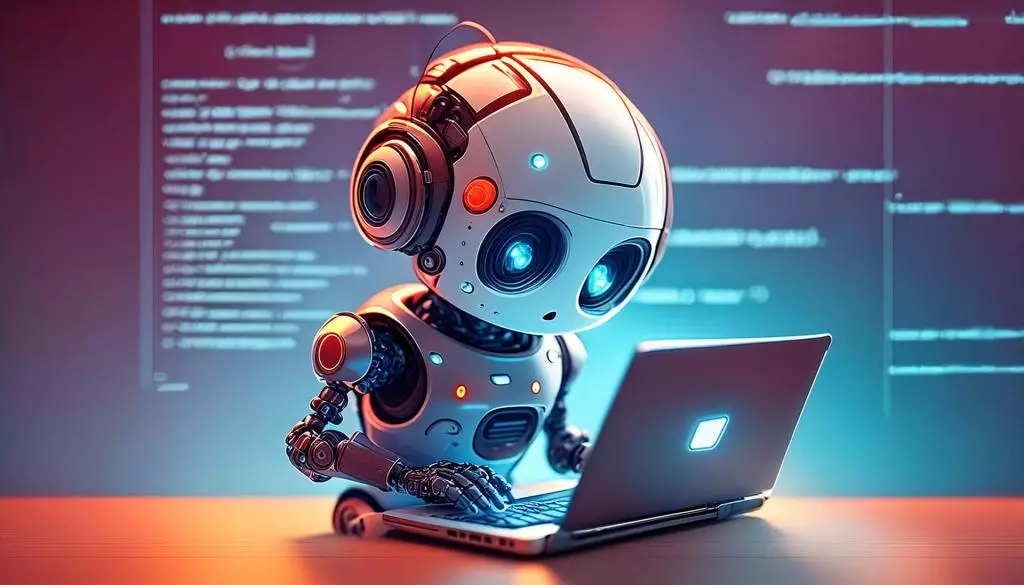As the tech landscape evolves, the complexity and demand for efficient coding solutions continue to surge. A significant catalyst for this transformation has been the development of AI-powered coding platforms, which are changing how developers approach programming tasks. Vibe coding, a term that encapsulates the modern trend where coding is driven more by creative prompts than strict syntax, has set the stage for this innovation. As we witness the unveiling of various autonomous coding agents, the battle intensifies among tech giants vying for supremacy in this burgeoning arena.
Google’s Strategic Move: Introducing Jules
In a decisive move to strengthen its foothold in this competitive landscape, Google launched Jules, its autonomous coding agent, during a pivotal moment at Google I/O. Originally introduced as an experiment in December, Jules is now positioned to revolutionize how developers interact with their code. Google envisions Jules not just as a tool for error correction, but as a collaborative partner that allows developers to assign mundane tasks—like bug fixing, test creation, and documentation—while they focus on more strategic aspects of their projects.
Josh Woodward, the vice president of Google Labs, articulated this vision well during a briefing, describing an evolving dynamic where human developers can trust a virtual agent to handle repetitive tasks. The integration of Jules into GitHub and its operation through Google’s Gemini 2.5 Pro architecture amplifies its utility, offering developers a robust platform to streamline their workflows. During its public beta, the cost-effective access to Jules (albeit with usage caps) reflects a strategic positioning to lure developers into testing its capabilities within their coding environments.
Exploring a Competitive Landscape
However, Jules is not a solitary player in this nascent field. OpenAI recently generated considerable excitement with its Codex coding agent, which has similarly developed from a simple model to a comprehensive solution capable of addressing a variety of coding challenges. Codex’s evolution demonstrates the rapid advancement in AI capabilities, positioning it as a formidable competitor in the market where asynchronous operations are becoming the norm rather than the exception.
Adding to the intrigue, GitHub has also unveiled its Copilot Agent, mirroring the functionalities offered by both Jules and Codex. This creates a vibrant ecosystem of tools that foster a collective drive toward asynchronous coding solutions. The culmination of these advancements sparks considerable public interest, suggesting that a fierce competition among leading tech firms is brewing, potentially reshaping the development industry for years to come.
The Implications of Vibe Coding
At the heart of this transformation lies the trend toward vibe coding, which emphasizes input-driven programming over traditional coding techniques. As developers take advantage of natural language prompts to generate code and applications, the barriers to entry in software development are being dismantled. This democratization of coding heralds a new era where individuals without extensive coding knowledge can engage in application development, significantly expanding the developer base.
Tools such as Google’s Firebase, which facilitates non-coders in creating apps enriched with AI capabilities, exemplify this shift. Firebase’s recent updates, including the introduction of AI Workspace and Firebase AI Logic, position it as a key player in allowing fledgling developers to experiment and innovate in the realm of application building. Jeanine Banks, who oversees Developer Relations at Google, has emphasized that platforms like Firebase cater specifically to those new to coding, allowing them to surpass their initial hurdles in development.
As we stand on the cusp of this remarkable evolution in coding, it is evident that AI coding agents like Jules and Codex are not just technological novelties; they represent a significant shift in how software is created and integrated into our daily lives. By enabling asynchronous collaboration between humans and AI, these tools promise to enhance productivity, encourage creativity, and redefine the role of the developer. The ongoing arms race among tech giants serves not only to amplify these innovations but also to enrich the landscape of technology-driven solutions that shape our future.


Leave a Reply